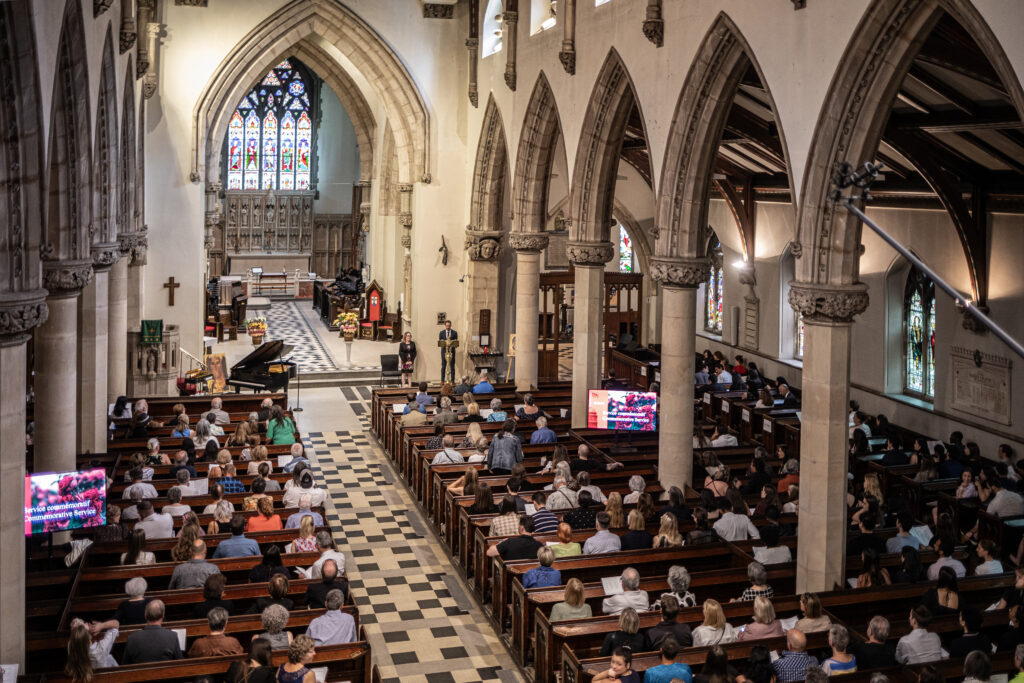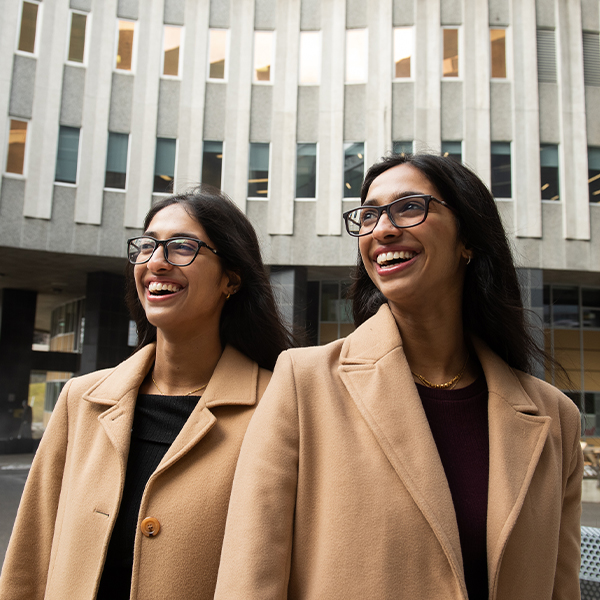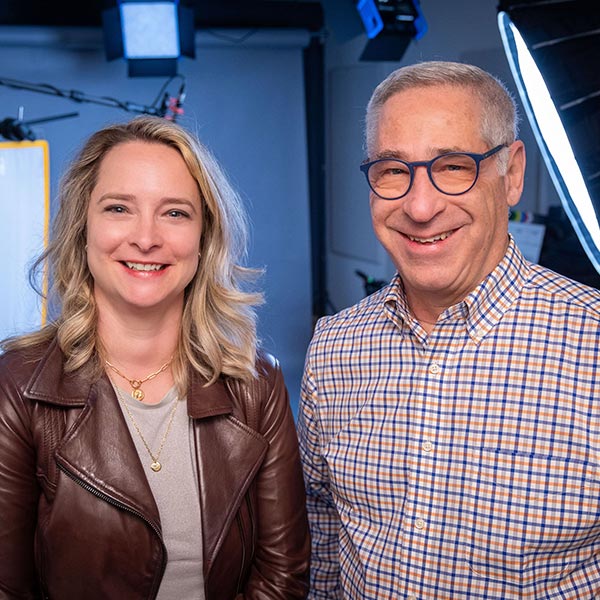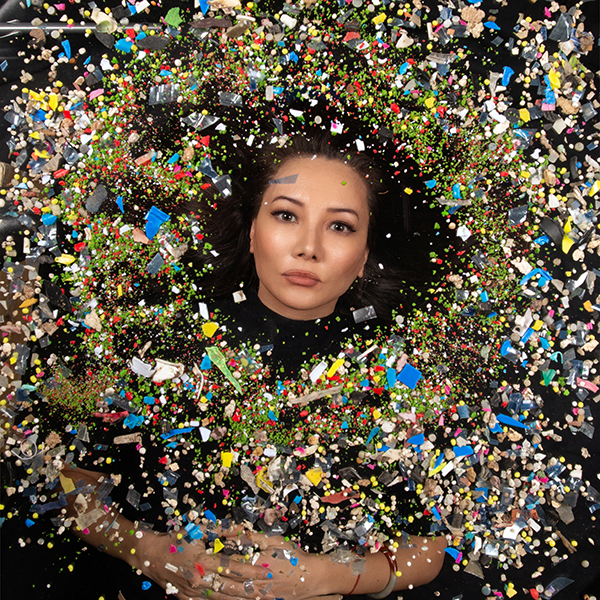On the cusp of a holiday weekend earlier this summer, a large crowd of mourners filed into a downtown Montreal church to remember their loved ones.
They heard poignant tributes from McGill medical students who spoke of their first patient – someone they could neither save nor knew by name.
An annual occurrence, the moving bilingual service honours people who donate their body to science at McGill in service of training the next generation of healthcare providers. Like generations before them, McGill’s medical students explore systems in the human body – from cardiovascular and respiratory, to digestive and musculoskeletal – by dissecting cadavers.

Eight students shared personal reflections at the commemorative service: feeling apprehensive at their first anatomy lab, wanting to make the donor proud, wondering about the life they led. Above all, they expressed gratitude to the donors and their families for the altruistic gift.
First-year medical student Samuel Bonne read a short poem he had written about the anonymous donor he and peers worked on. Their group decided to begin their very first anatomy lab with a moment of silence. On the last day of the academic year, they received a letter from the donor’s family sharing some details of his life.
“I felt connected to the body. We’ve been together for a year. We met three, four times a week [in the lab] and he’s part of a team – probably the greatest teacher I will ever have,” Bonne said after the service.
McGill’s Body Donor Program receives 80 to 100 body donors a year. They’re primarily used by McGill’s medical and dentistry programs, including by medical specialists to practice or investigate surgical techniques, and by researchers.
In addition, students studying physical or occupational therapy and kinesiology take a course that involves lower limb dissection, while nursing students have anatomy labs.
“I felt connected to the body. We’ve been together for a year. He’s part of a team – probably the greatest teacher I will ever have.”
McGill medical student Samuel Bonne
“We’re constantly striving to stress that the bodies in front of them were very recently people walking the streets and living their lives,” says Joseph Dubé who administers the body donor program.
Gabriel Venne, an associate professor and director of the Division of Anatomical Sciences, says McGill is fortunate to still have a body donation program and dissection labs for healthcare professionals (not every medical school does).
According to Venne, doing dissections is probably the best way to learn anatomy because technology doesn’t capture individual variations in the human body.
“But what I think is more important…is we’re using this experience to foster the development of humanistic values in a sense – the development of empathy, altruism, teamwork, and to become more sensitive to humankind. This goes beyond learning anatomy. This is why we’re so privileged and happy about what we do,” Venne adds.
Small teams of students are each assigned to a cadaver from which they will learn for the academic year. Donors are identified only by a number, although students do know their cause of death.
“When we’re exploring a system, if there’s a pathology or a condition that is related to the cause of death or if we observe something, we would quickly engage in clinical reasoning, trying to really have the students understand what’s going on,” Venne says.
“We try to connect the exploration – the learning of anatomy – with what we’re seeing and actually put it in context of what this patient was probably presenting in terms of symptoms or conditions.”
‘Everyone is nervous’ for first anatomy lab
Venne and Dubé invite students to visit the lab before their first session to familiarize themselves with the environment, which Dubé concedes can be a bit overwhelming with its 54 stainless steel tables in rows, high ceilings and smell of formaldehyde.
All the students feel anxious for the first anatomy lab – and that’s a good thing, according to Venne. It means they want to succeed in their learning and honour the donation.
Staff address students to make sure they feel safe and welcome to share any emotional reaction they may experience, says Venne, who earns rave reviews from students and was this year’s recipient of the Osler Award for Outstanding Teaching at the Faculty of Medicine and Health Sciences’ Montreal campus. (McGill’s medical program has a satellite campus in Gatineau.)
“We’re guiding them in this exploration of empathy and detachment to make sure that they learn when it’s time to be empathetic to the donors but also when it’s time to protect themselves.” Students are invited to write notes about their experience after each anatomy lab to help them explore their emotions.
Certain criteria upon death must be met for a body donation. The program doesn’t accept a body with a contagious disease such as hepatitis, HIV/AIDS, C. difficile – or someone who tested positive for Covid in the month before death. While formaldehyde in the embalming process neutralizes viruses, Dubé notes their safety concern is for the people involved in handling the bodies before that happens.
Francophones make up the largest contingent of body donors, while anglophones exceed their demographic weight, accounting for up to one-third of donations. Last year the program received body donations from as far afield as the Gaspé and Abitibi regions.
“It really shows that the body donation program is so well established, and those people wanted to contribute to medical training at McGill. This is absolutely music to my ears,” says Venne.

Sam Bonne noted that families have little opportunity for closure initially because the donated body is usually collected on the day a person dies. “So, a lot of people never get that closure. And that’s something that we’re aware of, and that I really admire the families [for],” he said.
Once the study of a donated body is completed, McGill provides a general cremation service with the ashes buried at Mount Royal Cemetery, although families may acquire them if they wish.
‘A moment of closure’
Dubé believes the commemorative service is illuminating for families.
“I think a lot of families send their donor knowing vaguely what the donation is serving in terms of a purpose …but they don’t really have an idea of the full impact of the donor and the fact that it’s a small group of students working with that one person over the course of an entire school year and what that one person means to them as they begin their health professional career,” he says.
“Hearing your loved one’s name read out loud in front of a congregation of people who understand his or her contribution, I think is so powerful,” adds Dubé, who calls it a “moment of closure” for families.
Margaret Nicolai’s late husband Michael – a father and grandfather with a great sense of humour and a terrific athlete in his youth – was one of the body donors remembered at the service. She attended the ceremony with daughters Vanessa and Jean.
“I said to Jean, I feel like I’ve been to a funeral now,” said Margaret Nicolai, who thought the service was beautifully done and liked hearing that the medical students had wondered about the lives of the donors.
“I found the readings by the students very touching,” said Vanessa Nicolai. “It gives you a sense of optimism and hope out of something that’s very, very sad obviously on a personal level. But you really feel that it’s a gift that keeps giving.”
“I thought it was nice they were so honest about being scared,” added her sister Jean.
“Just thinking about them going in for their first day of a lab and actually having all of these emotions, and then the donors kind of helping them, being a sense of peace in that moment that I was like, well, Dad’s perfect for that. That felt really good.”


